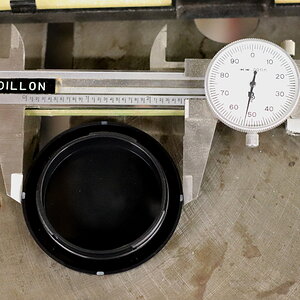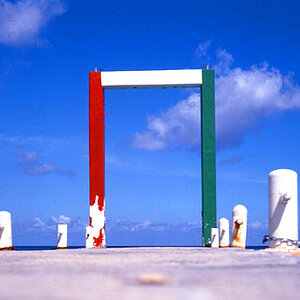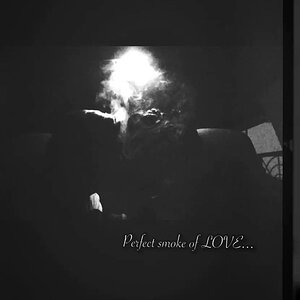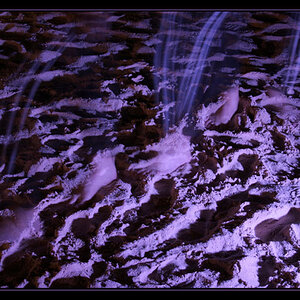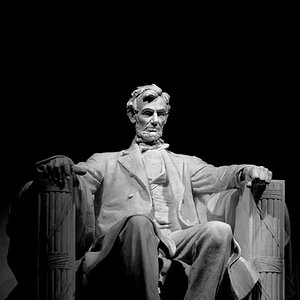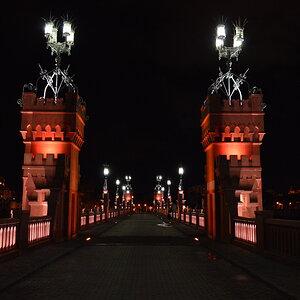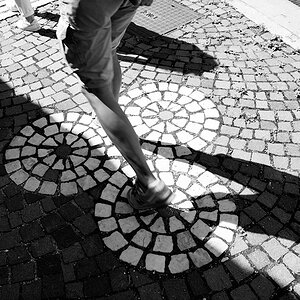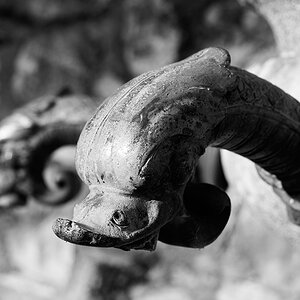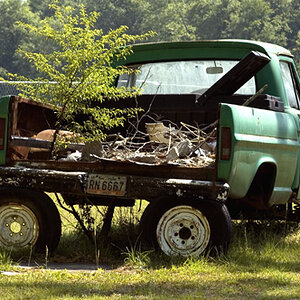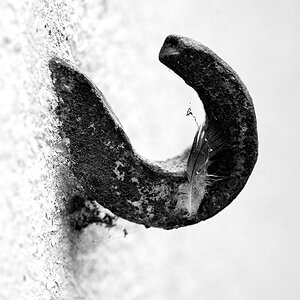agengo02
TPF Noob!
- Joined
- Oct 29, 2007
- Messages
- 17
- Reaction score
- 0
- Can others edit my Photos
- Photos OK to edit
hey guys im new on this forum and to photography in general. i found a pretty cool 35mm camera in my girlfriends trunk and have been having a blast taking pictures ever since. after doing a little bit of research i think i want to go the way of using a scanner to scan the negative and then just put it on a memory card and printing it at wal mart or something. my questions are in the development of the film. im assuming i would have to develop the negatives first then scan them on the scanner. is this the way to do it? any recomendations on scanners that work well for negatives? also i work at a paper plant and i handle negatives all day long. is it feasable to think that i can develop the film in the same chemistry that the large negatives get developed in? im going to get some cheap film and just shoot it off and then try some different speeds for the machines i use and see how they turn out.
ok back to scanning. once the negative is scanned into the computer would i just have to invert the image to get the appropriate black and white image? also how would all this be done to produce a color image? and can i just save that image onto a flash memory card and go to walmart and print them off whichever ones i need??
haha sorry about the jumbled mess! i guess i had a few more questions than i thought!
thanks
ok back to scanning. once the negative is scanned into the computer would i just have to invert the image to get the appropriate black and white image? also how would all this be done to produce a color image? and can i just save that image onto a flash memory card and go to walmart and print them off whichever ones i need??
haha sorry about the jumbled mess! i guess i had a few more questions than i thought!
thanks



